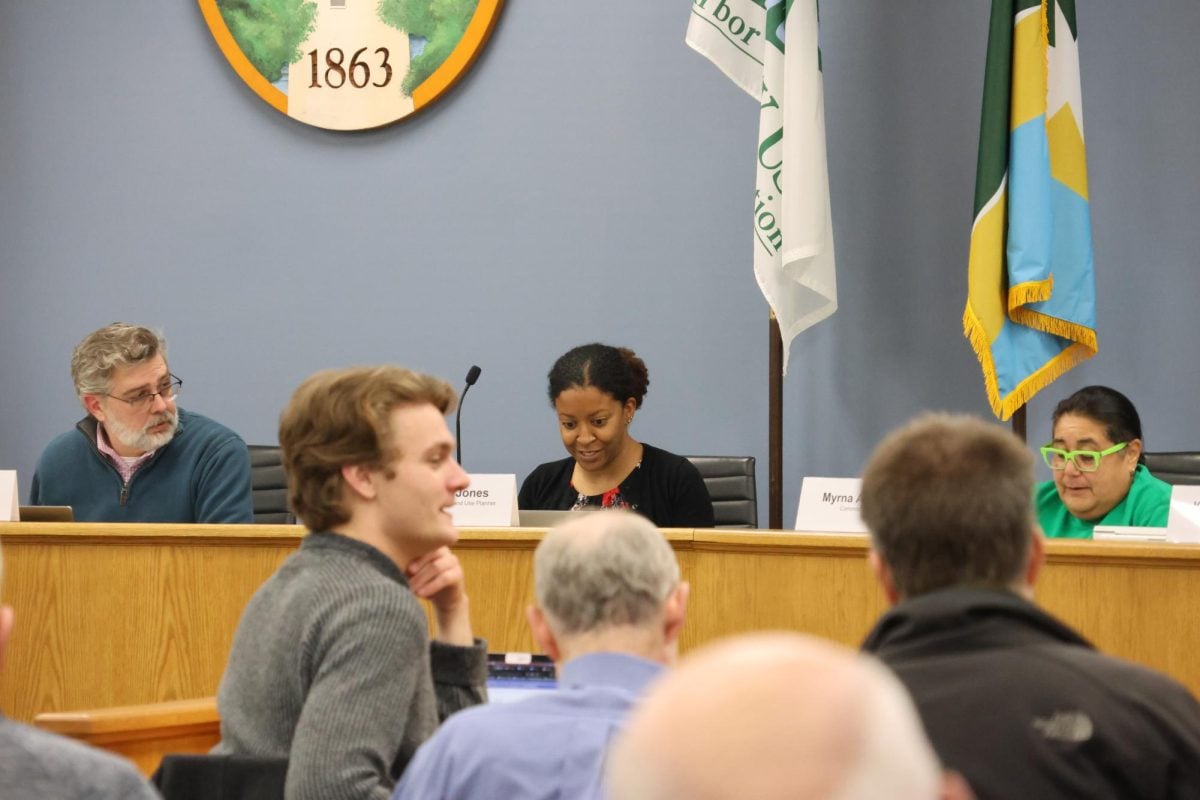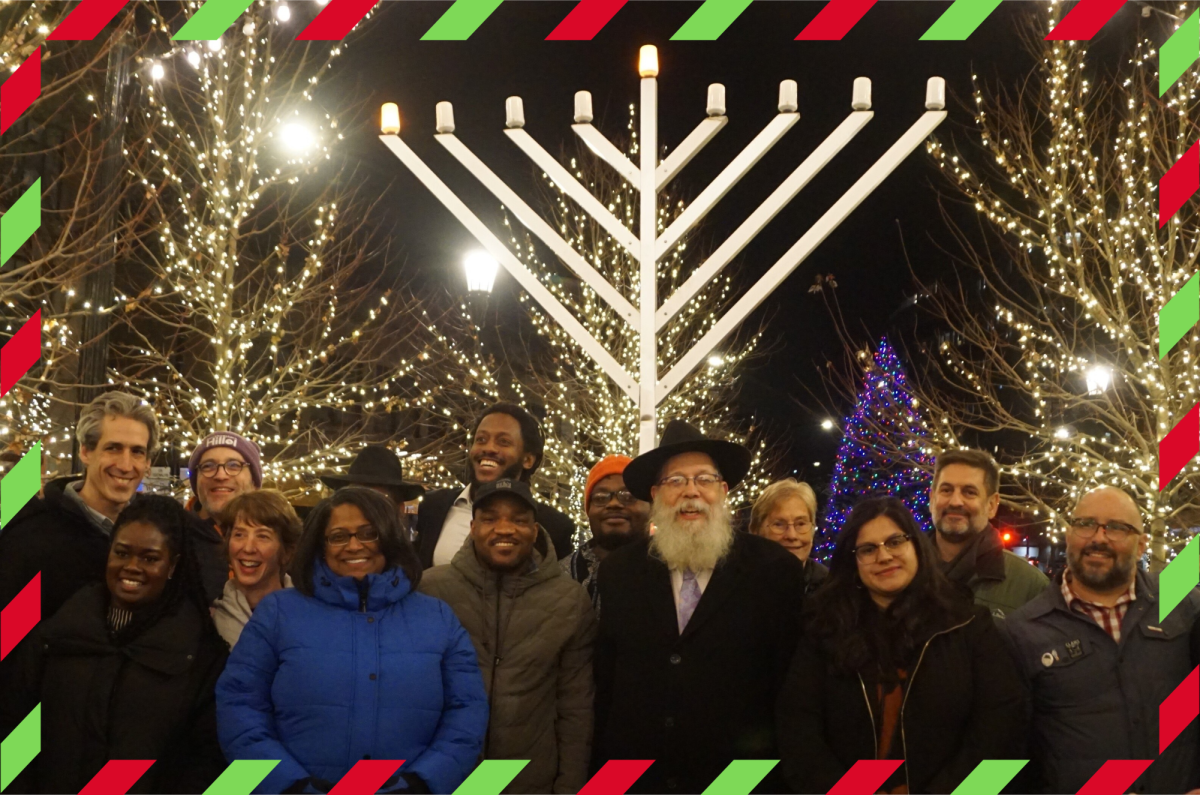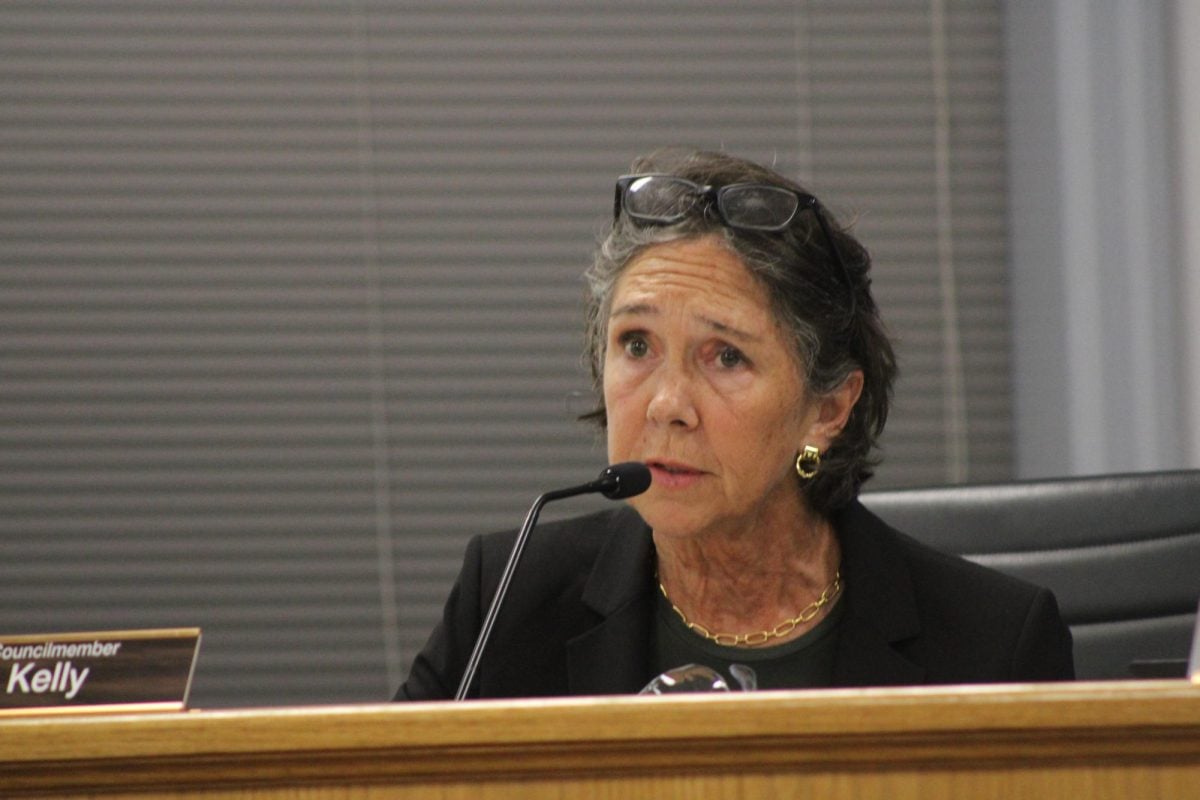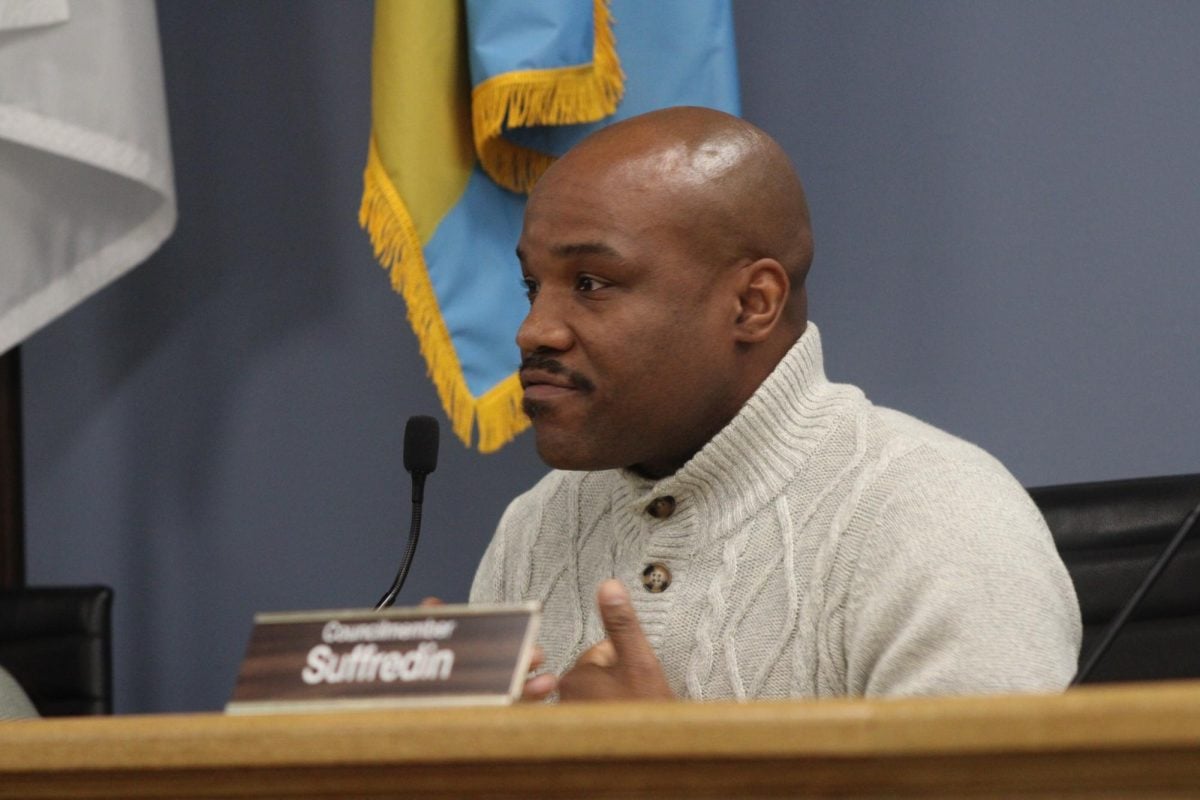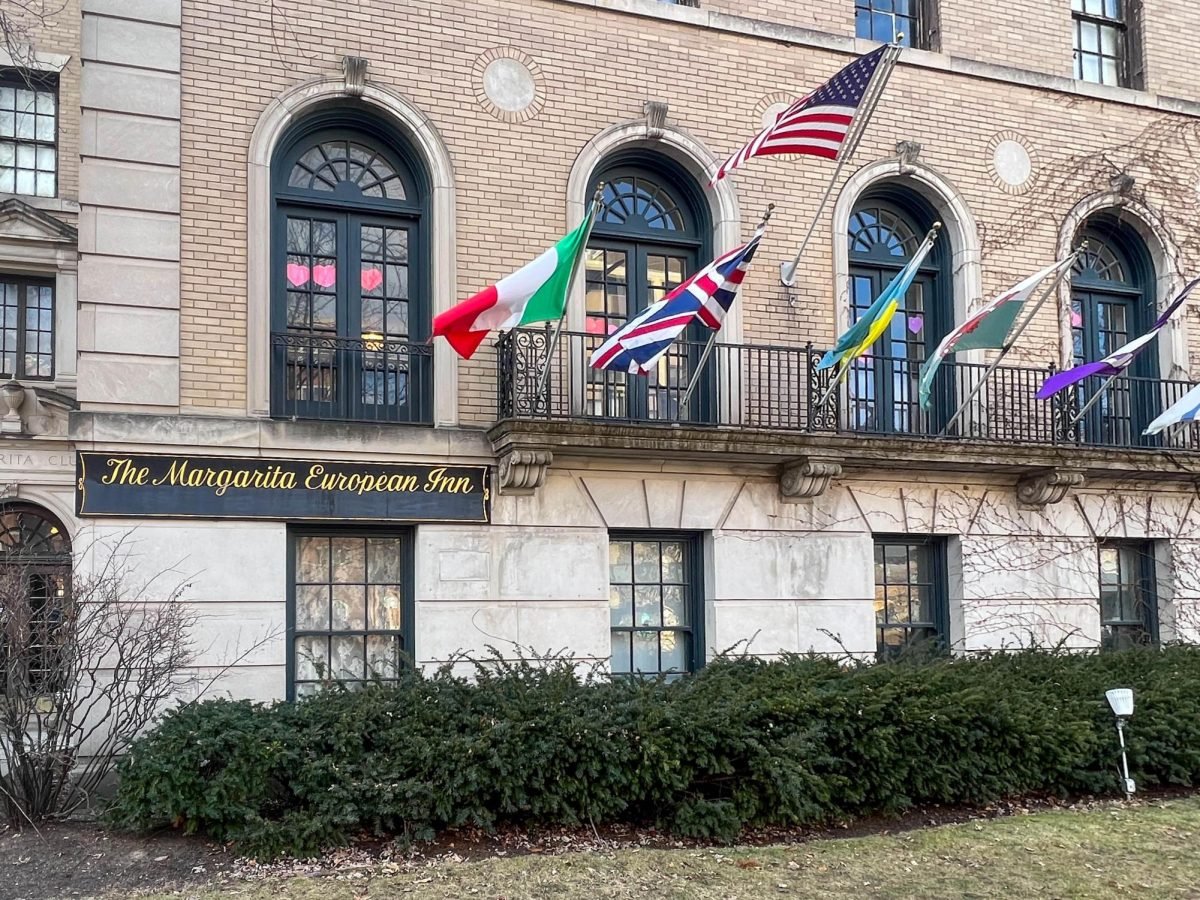At a packed Wednesday night public hearing overseen by the Land Use Commission, Evanston residents weighed in on the draft presentation of the Envision Evanston 2045, clashing on the housing and zoning provisions of the proposal.
The Envision Evanston 2045 Comprehensive Plan outlines a 20-year roadmap for the city to make improvements in future land use, including plans for transportation, parks, housing and cultural preservation. The chapter of the plan on housing is taking center stage as both attendees and committee members scrutinized incomplete or outdated portions of the plan.
City Planning Manager Elizabeth Williams, who fielded most of the commission’s inquiries, emphasized the plan was merely a “draft,” reiterating several times throughout the night that Envision Evanston actively seeks community input, including critiques by the commission.
The draft seeks to increase housing diversity and accessibility by developing a wide range of housing types, prioritizing medium density and affordable housing solutions and implementing policies to prevent displacement.
With the plan slated to land before City Council in February or March, Williams encouraged community input, even telling committee members to contact friends and family to weigh in.
Mayor Daniel Biss delivered brief opening remarks at the meeting. He said that “moments like this are what brings us to public service.”
The majority of speakers during public comment spoke in broad support of the draft, echoing the need to improve housing accessibility while promoting environmental sustainability. However, speakers continually gravitated toward the housing provision, which became a disputed topic as the night wore on.
While resident David Graber voiced his “full-throated” support for the draft, he urged the commission to consider the interests of busy younger families who have less opportunities to weigh in at public hearings like this one.
Resident and attorney Jeff Smith said he believed the goals were “by and large” uncontroversial but added that targeting single family homes as inimical to housing equity was inaccurate.
“We’ve been told that growth is inexorable and that Evanston is going to go to 84,000 people. … The “idea that growth is inexorable is false,” Smith said.
Smith claimed that the city’s growth peaked about six decades ago and that Evanston’s housing stock confirms that there have not been many new buildings built on vacant lots. He asserted that increasing construction projects to create additional housing would only increase the city’s carbon footprint, contrary to the goals outlined in the environmental chapter of the Envision Evanston 2045 draft.
Other residents objected to the “free reign” of demolishing buildings, particularly historic ones, a concern shared by Land Use Commission committee member George Halik. Residents and Halik said changes to R1 zoning districts, which comprise single family households, could drastically change the image that Evanston is known for.
Resident Paul Janicki echoed concerns that the draft was moving at a “breakneck pace,” saying that development and demolitions could jeopardize the historic and “beautiful” architecture along the North Shore. While Janicki was not against increasing housing density, he said the R1 zoning stipulations were “misguided.”
Halik agreed that he would be against a blanket reopening of R1 zoning, asking whether the draft included an exemption for historic districts.
“It’s not zoning at all, it’s a free-for-all,” Halik said.
Halik suggested that arterial streets in particular could benefit from the development of multifamily housing.
The commission later addressed public concerns about increased housing density as part of the plan to increase housing accessibility, particularly the worry that increasing housing density would allow opportunists to tear buildings down for profit.
Committee member Jeanne Lindwall suggested that “community services” and “community wellness” should be additional chapters included in the plan, which would better address environmental justice issues and discuss zoning redevelopment plans for Evanston’s brownfields and old industrial areas.
The next Land Use Commission meeting, where members are expected to further discuss Envision Evanston 2045, will be held on Dec. 4.
Email: [email protected]
Related Stories:
— HCDC considers Consolidated, Envision Evanston plans as committee member Rodriguez bids farewell
— Keefe: Let’s be cautious about Envision Evanston 2045
— Evanston Environment Board approves memo regarding Envision Evanston 2045
